Radhe: What Does The Release Of Salman Khan’s Eid Opening Predict About The Hybrid Release Model In Bollywood
Salman Khan’s Eid release Radhe opted for a hybrid release, a first for an Indian film, even though with the current situation there is no theatre business, but what does this release predict for this new model in Bollywood?
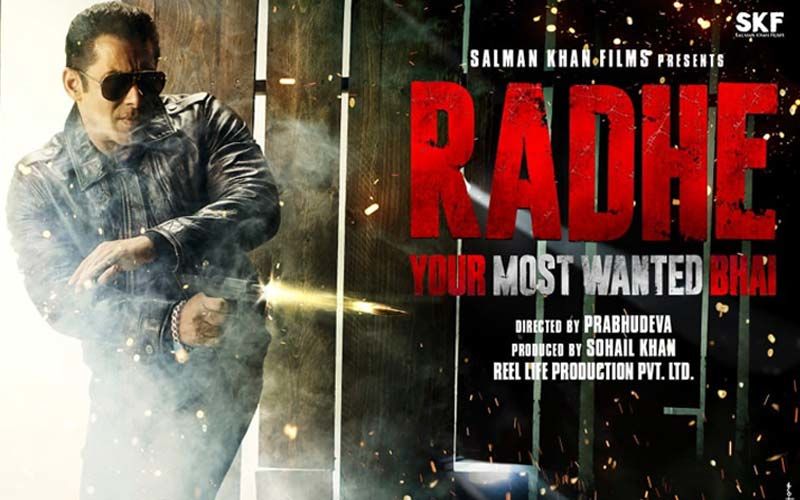
The Coronavirus pandemic has disturbed the whole economic system of the world. In India, all sectors are suffering from the brunt that this pandemic has caused. Within the Indian film industry, producers have faced a big hit with shoots getting delayed, big films like Akshay Kumar and Katrina Kaif’s Sooryavanshi and Ranveer Singh’s ’83, waiting for release and getting pushed continuously, and the rising costs of the already made projects. But arguably, the biggest hit has been taken by the theatre owners, especially the single screens.
With the theatres being shut for the better part of the last 14 months, and no big release in the time that they were opened, the owners haven’t been able to pull the crowds back. Salman Khan’s Eid release, Radhe: Your Most Wanted Bhai, was the ray of hope that the theatre owners were counting upon to revive their business. When many big stars including Akshay Kumar and Ajay Devgn were taking OTT route for their films, theatre owners appealed to Salman to release Radhe in theatres so as to help them keep their business afloat, and Salman being the Bhai he is, obliged.
Radhe was finally announced as a hybrid release, a first for an Indian film, with it opening simultaneously in theatres and on Zee Plex, a pay-per-view model, on May 13. However, with the state that the country is in at the moment, even in the parts where the lockdown is not into place and the theatres are opened, there is rarely any hope of a ticket sale at the box-office. Even Salman recently apologised to the theatre owners saying that the box-office collection of Radhe would be zero.
However, the question that arises now is that whether the hybrid release method is the way to go forward or is it just a temporary phase and what does Radhe’s release mean for this model. Let’s take a look at some tangibles:
Wonder Woman 1984: A Case In Point
While Zee Studio’s Khaali Peeli, featuring Ananya Panday and Ishaan Khatter was reportedly planning for a first-of-its-kind hybrid release in India, it ended up opening on Zee Plex on pay-per-view model in October. However, the collection from there was underwhelming to say the least. Wonder Woman 1984 became the first film to opt for a hybrid release with simultaneous opening in theatres as well as on HBO Max. Although, with the latter not being functional in India yet, it came just as a theatrical release for the Indian audience. But internationally, even with a lukewarm critical response, the film performed well. Indian markets are still untested for the hybrid model, and even with a 50 per cent occupancy, Radhe would have been the Subject zero for this experiment. But with the present situation, the actual outcome of the model is still to be seen.
The Money factor
The digital medium is still a comparatively new avenue for the Indian audience, even though it is growing exponentially. While most people enjoy the free projects on the platforms like Hotstar, Sony Liv and Voot, the premium memberships of these platforms and the leading ones like Netflix and Amazon Prime Video, is still purchased majorly by the urban audience. So, in a situation where people are apprehensive of paying for a subscription and in case they do, one subscription is shared by multiple people, a pay-per-view model might find it hard to have takers.
Leading digital platforms
Platforms like Netflix, Amazon Prime Video or Hotstar Premium have developed a loyal base of users over the last few years who have agreed to pay for their subscription on a periodic basis. These platforms provide a pay once and access all products, kind of approach. So, for them to adopt a pay-per-view model, like Zee 5 has done with Zee Plex, might cost them their viewership, and that is a risk that these platforms might have to think about deeply before taking any call, especially in the Indian market. For a person paying Rs 200 a month in a 4-sharing account on Netflix, why would they choose to pay Rs 250 for a one time viewing of a film, that too without any special theatre like experience?
Control of the market
Netflix, Amazon Prime Video and Hotstar Premium are currently the leading platforms on OTT. They are internationally accessed and they are the ones who are making the rules for the digital market. For them to bow down to a pay-per-view model in the Indian market is far more difficult than to persuade the filmmakers to choose their approach. Zee 5 being a comparatively new platform can afford to experiment and try out this pay-per-view method, and this marks their third film on this model, but first with a superstar like Salman. As for Netflix, Amazon Prime Video and Hotstar, it is a risky step as they already have a loyal base of viewers to cater to.
Radhe opened yesterday, amidst a lukewarm response, critically. However, as per reports, the Zee server crashed because around 1.25 million people were trying to see the movie at the release time of 12 o’clock in the noon. What does that mean in a commercial sense and how it will translate for ither upcoming films is something that the trade market will evaluate and analyse over this weekend. For now, there are a lot of uncertainties looming over the future of how the business of Hindi films will proceed. But Radhe’s release will surely give an idea about where it is headed.
Image source:Medium
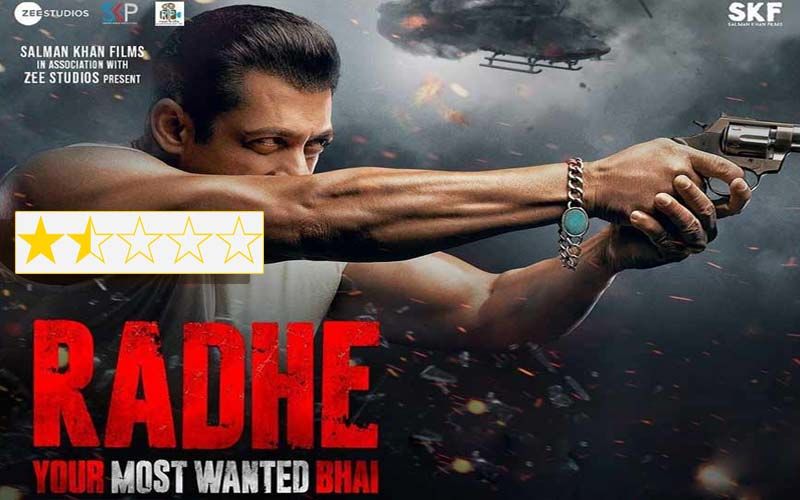

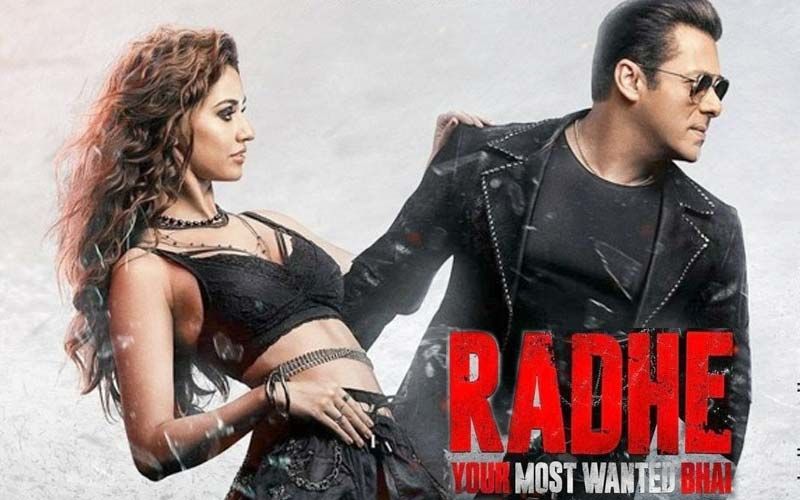
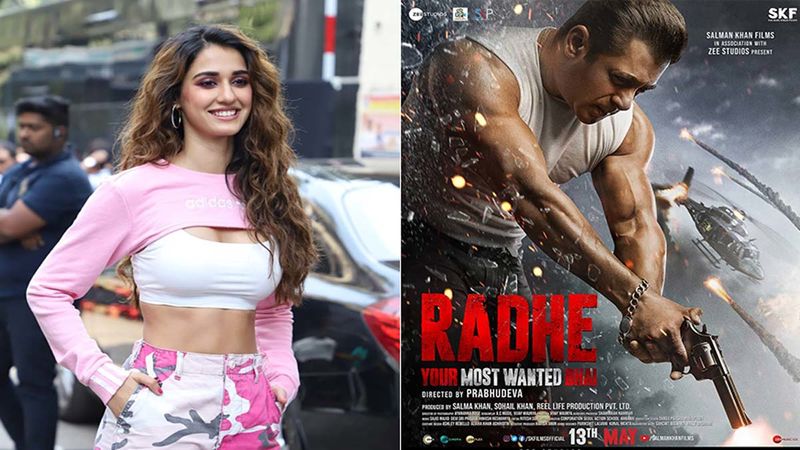
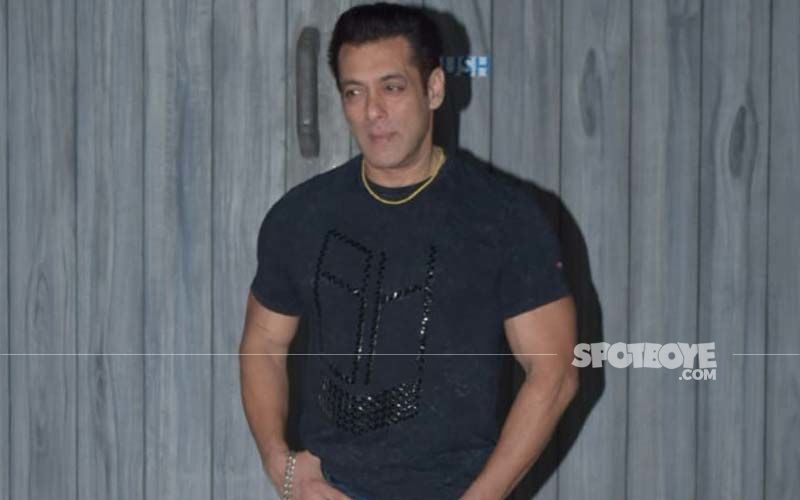
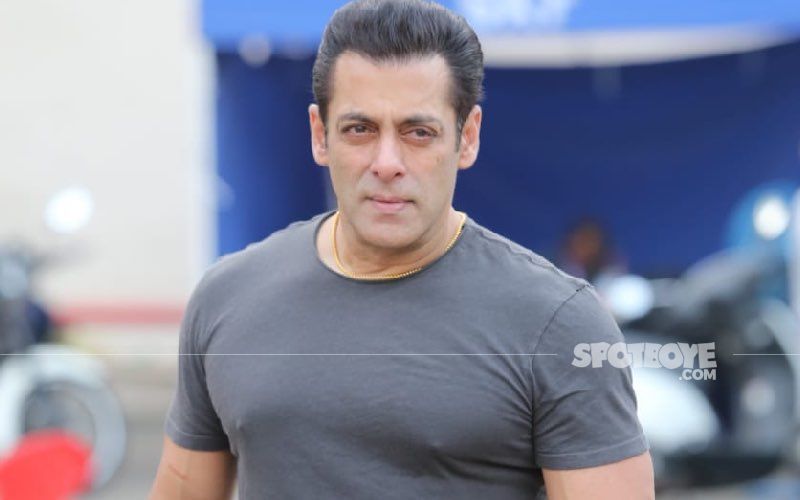
_2024-12-23-5-53-49_small.jpg)
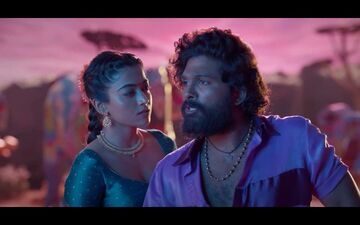
_2024-12-23-10-10-26_small.jpg)

_2024-12-24-7-11-13_small.jpg)